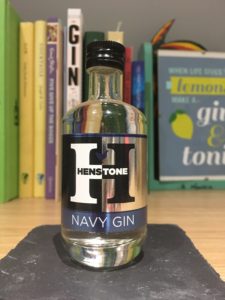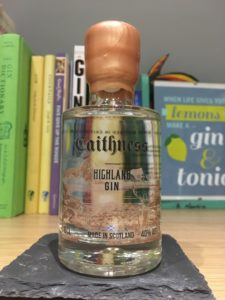Note: Bruce at Brentingby gin kindly sent me a sample to try, but all the opinions below are my own.
 What is Brentingby gin?
What is Brentingby gin?
Brentingby distillery sits in the Leicestershire countryside, distilling and bottling in Melton Mowbray (halfway between Leicester and Nottingham). The team came up with the idea to make their gin back in 2015, and after three years of development which involved training with master distiller Tom Nichol (of Tanqueray gin) and building a distillery with a 10 plate copper still, they made their first batch of gin in the summer of 2018. Bruce grew up on the Durban coastline of South Africa and wanted to bring this into his gin; they use hibiscus as ab botanical and a feature on the logo and they named their still Ayanda which is proliferation in Zulu. Ayanda is powered by sustainable wind energy from the wind turbine based next door and ties into their care for sustainability. Since the launch of their London dry gin, they have also released a pink gin (no raspberries here, instead they use rooibos and baobab) and the black edition gin that I am trying today. This gin features botanicals ginger, lime and meadowsweet – they say this brings spice and warmth, so how does it taste?








